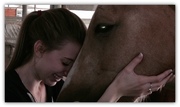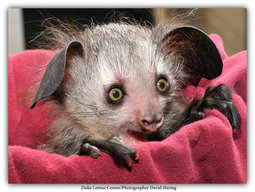 Duke Lemur Center/David Haring
Duke Lemur Center/David Haring http://www.edgeofexistence.org/mammals/species_info.php?id=16
http://animals.nationalgeographic.com/animals/mammals/aye-aye/
http://pin.primate.wisc.edu/factsheets/entry/aye-aye
http://www.arkive.org/aye-aye/daubentonia-madagascariensis/
http://www.bbc.co.uk/nature/life/Aye-aye
http://a-z-animals.com/animals/aye-aye-/
http://www.iucnredlist.org/details/6302/0
http://biochemicalsoul.com/2009/02/adaptation-of-the-week-the-aye-ayes-freaky-finger-ive-been-cursed-by-an-aye-aye/
http://ayeayesproject.weebly.com/legends.html
http://wwf.panda.org/about_our_earth/teacher_resources/best_place_species/harry_potter_top_10/aye_aye.cfm
Special thanks to photographer, David Haring, for his wonderful photos of these amazing creatures! http://lemur.duke.edu/
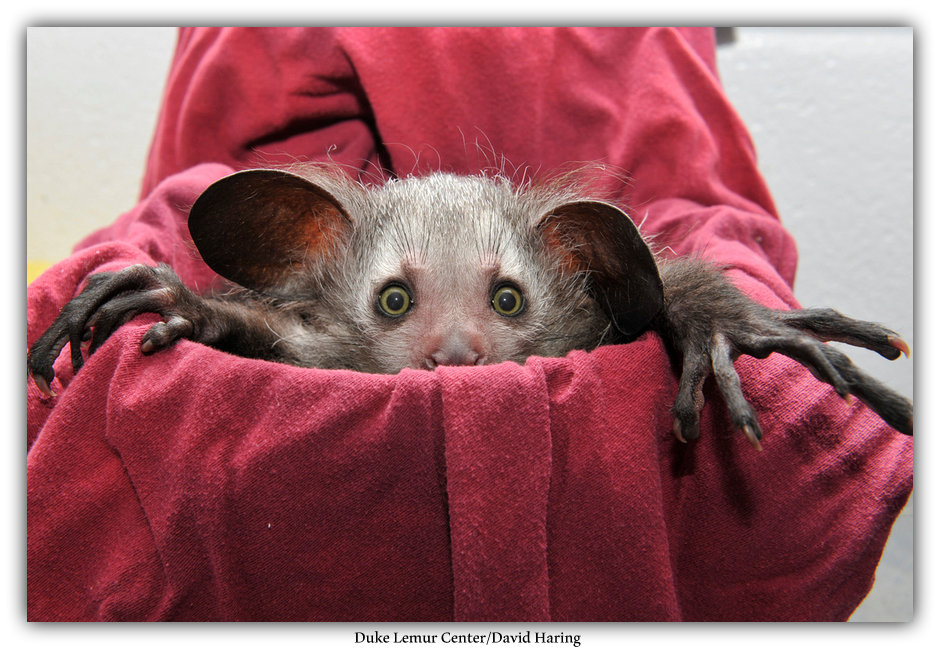
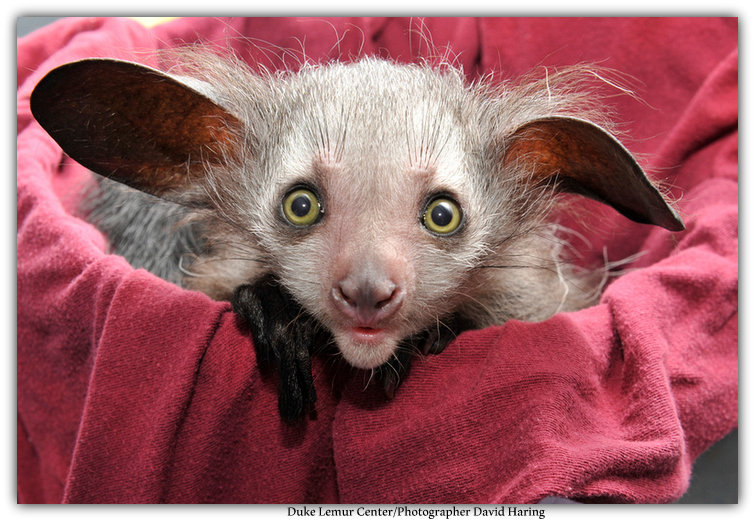
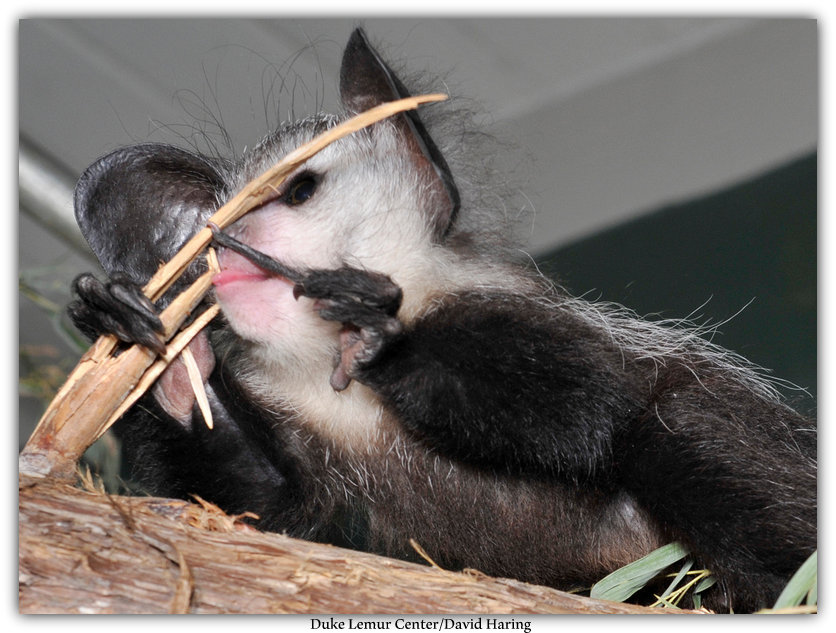
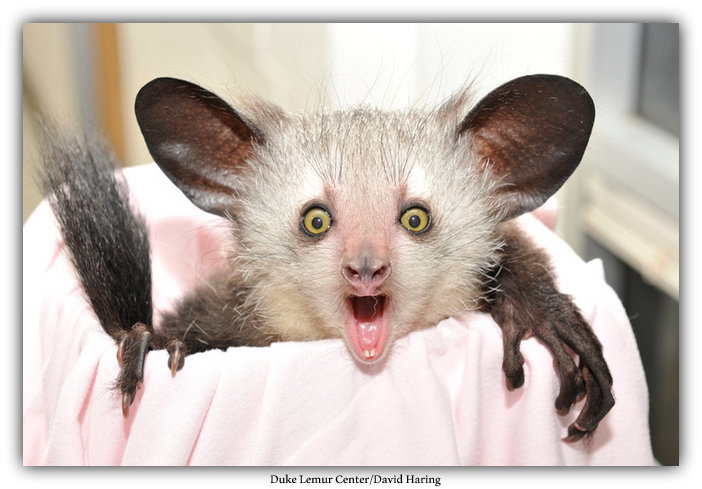
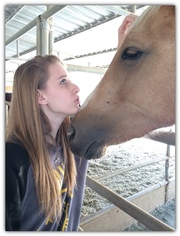
 RSS Feed
RSS Feed
